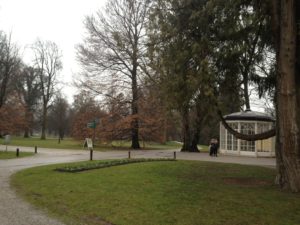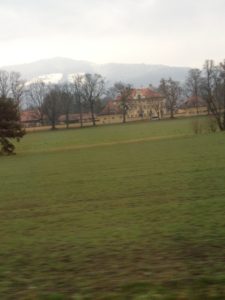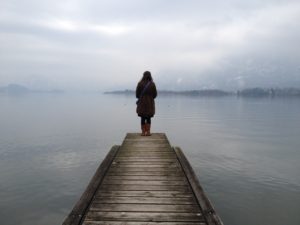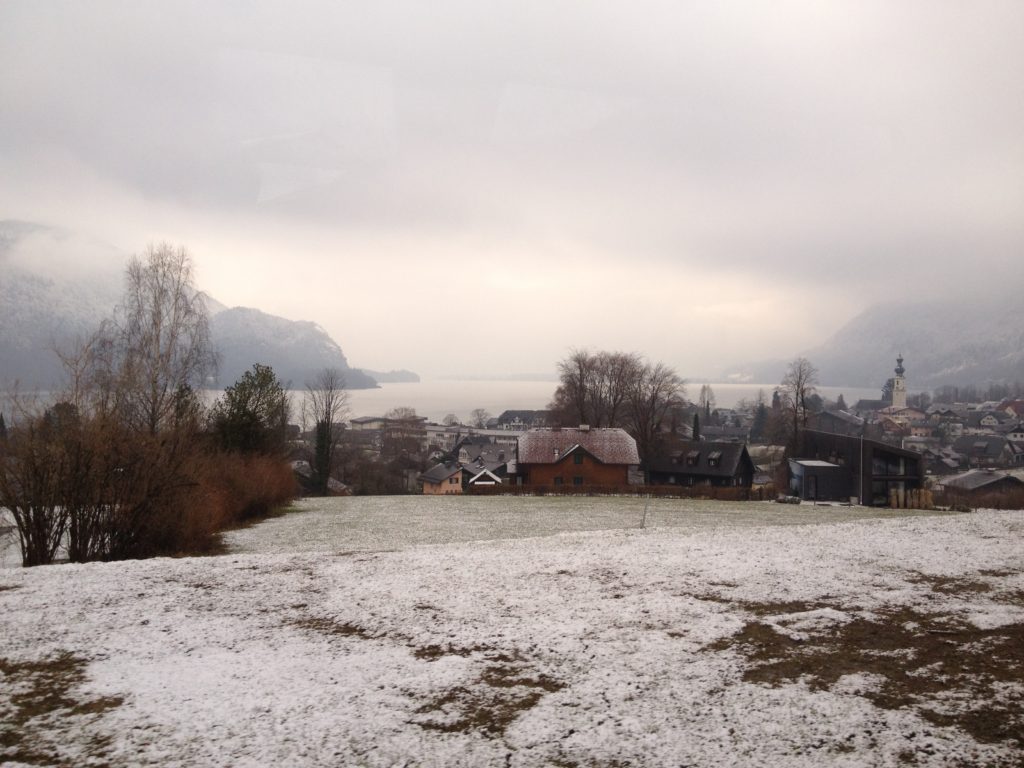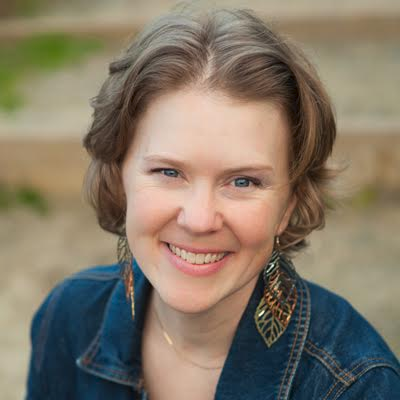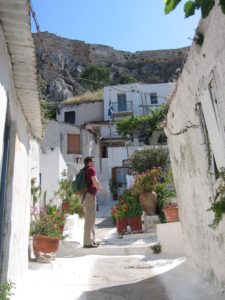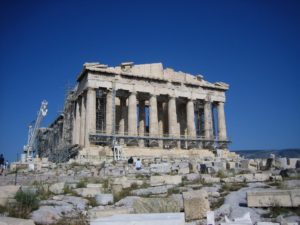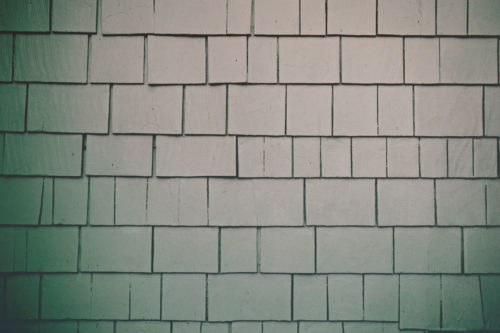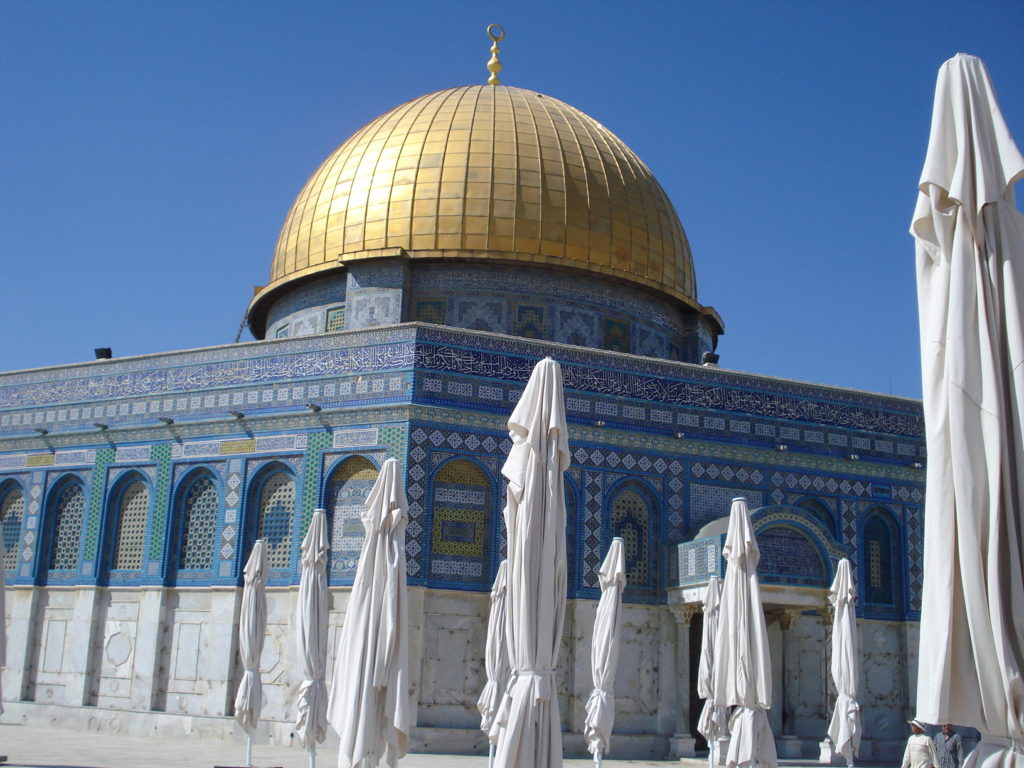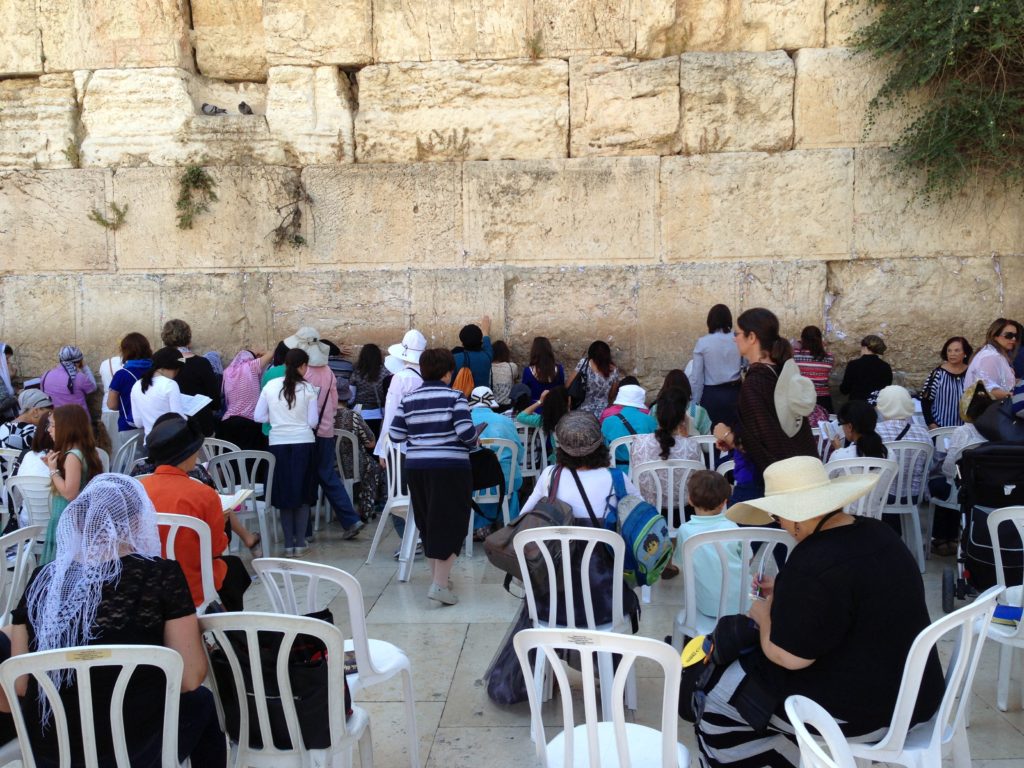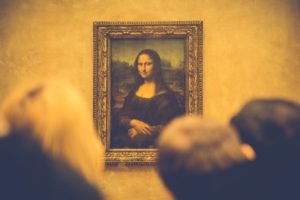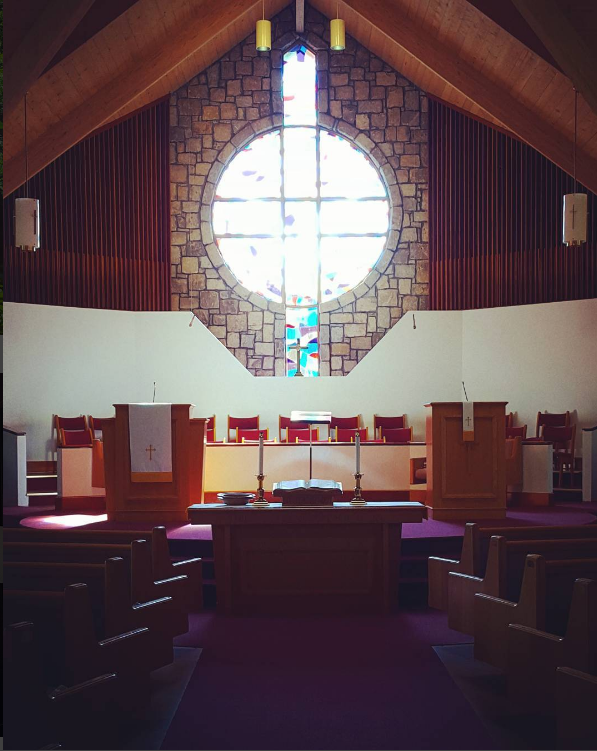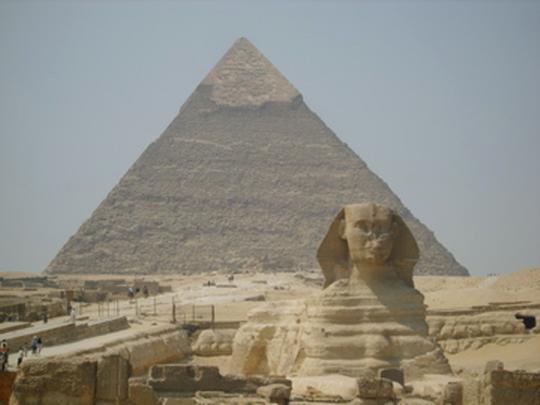 I was impressed by the monumental size of the stones, the mystery of how the ancients could build something so incredible and the sheer novelty of being next to such famous structures. But I tried to play it cool. We weren’t tourists; we had come to plant our lives in the Middle East.
I was impressed by the monumental size of the stones, the mystery of how the ancients could build something so incredible and the sheer novelty of being next to such famous structures. But I tried to play it cool. We weren’t tourists; we had come to plant our lives in the Middle East.
We moved to Cairo at the end of summer with the heat still blazing down on us. We trekked through the unfamiliar streets to find grocery stores and vegetable stands, bakeries and shawarma stalls. Getting everything we needed for the week required at least four stops. Just running normal errands took every bit of effort my husband and I had as we explored our new city. Between the exhaustion from the heat and the mental strain of navigating life in a strange city, in a language we couldn’t yet understand — we were spent.
When friends offered to take us to the Pyramids, about half an hour from our new home, we welcomed the break from all of the practicalities.
Every photo I’d ever seen of the Pyramids showed these mammoth wonders of the world against a backdrop of breathtaking desert and not much else. Perhaps a camel or tourists looking like they were the size of ants would dot the base. But in pictures you get the impression that the Pyramids sit in the middle of an endless desert.
When we first spotted the famous landmarks, the peaks coming into view through the haze that seemed to hang in the air, every notion I had about the Pyramids changed.
Our car wove in and out of traffic. The honks were just friendly reminders to fight for space on the bumpy roads that transported twenty million people through the city. We rounded a bend and there they were—not in the middle of the desert but right in the heart of the bustling city. All those magnificent photos that are so famous are shot from the front of the Pyramids, with the Sphinx at the base.
But look from another angle and you will glimpse the complexities of life in this land—the ancient and the modern side by side. Wonders of the ancient world sit right next to the Pizza Hut.
Busloads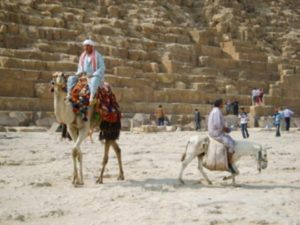 of tourists flocked to the base of the Great Pyramid and the people of Cairo were there to meet them. Shades of brown — the sand, the stone, the summer haze that clings to the air — were dotted with color only by the red tasseled quilts atop the camels nearby. Men called after us in broken English, offering a photo atop a camel. We were told to avoid them as there is one price for getting on the camel. But once they get you on the towering animal, they will then tell you the price for getting down!
of tourists flocked to the base of the Great Pyramid and the people of Cairo were there to meet them. Shades of brown — the sand, the stone, the summer haze that clings to the air — were dotted with color only by the red tasseled quilts atop the camels nearby. Men called after us in broken English, offering a photo atop a camel. We were told to avoid them as there is one price for getting on the camel. But once they get you on the towering animal, they will then tell you the price for getting down!
Women and children sat with their wares, replicas of the Pyramids and statues of Tut. The desert sun was blazing. But the women in flowing robes and heads covered and boys donning checkered bedouin scarves didn’t seem to mind the heat. As we passed, they all looked at us with sad eyes, trying to convey their great need so you would give y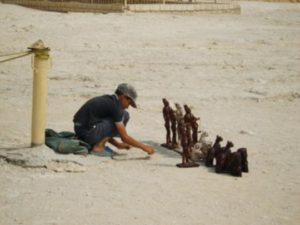 our Egyptian Pounds or US Dollars to them instead of the next person that had the same exact statues for sale.
our Egyptian Pounds or US Dollars to them instead of the next person that had the same exact statues for sale.
I stopped to smile at them but didn’t linger at the souvenirs. I didn’t want to look like the tank top-clad tourists. They seemed oblivious to why the Egyptian men stared at their bare shoulders when many of the local women covered themselves literally from head to toe.
I told myself we would surely get sick of the pyramids when friends who visited asked us to take them there. “How many times can you visit a pile of rocks and be amazed?” I thought. But standing next to them I wasn’t so sure. That pile of rocks sure had a way of making you feel small while simultaneously amazed at the power of what people can achieve together. When many of my Egyptian friends told me they had never even visited the Pyramids, I thought what a shame to not take in such beauty when it is literally moments from your home.
Life got busy though and we never made it back to the pyramids before our time in Egypt was cut short. After six months living in the land of the Pharaohs—we were again packing up to move back to the United States.
In those last few days in the city I regretted not spending more of the time just standing in awe, taking in the complete wonder of such a place. In all that time not wanting to look like a tourist, I had missed some of the ability to wonder at the rarity of the chance to live next to the Nile. I realized I could both call this place home and marvel at it.
We spent our last week in the country acting like complete tourists. We visited the Egyptian museum, the library at Alexandria, and sipped coffee in local shops. We took photos and marveled at the fact that we had made our home in the shadow of a wonder of the world.
As we left it’s shadow we tried to keep our eyes open for what wonders awaited us next.
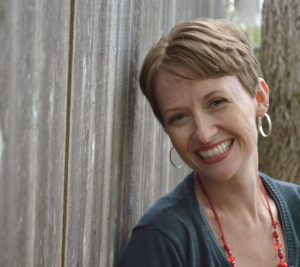 Nicole T. Walters is a wife, working mom, and writer from metro Atlanta who loves to experience the messy, noisy, beautiful world and cultures not her own. A proud member of the Redbud Writer’s Guild, you can find Nicole writing and editing at a number of places online including The Mudroom, and SheLoves Magazine. She writes about finding God’s voice in all the noise, faith, and culture at Nicoletwalters.com and loves to connect on Facebook and Twitter.
Nicole T. Walters is a wife, working mom, and writer from metro Atlanta who loves to experience the messy, noisy, beautiful world and cultures not her own. A proud member of the Redbud Writer’s Guild, you can find Nicole writing and editing at a number of places online including The Mudroom, and SheLoves Magazine. She writes about finding God’s voice in all the noise, faith, and culture at Nicoletwalters.com and loves to connect on Facebook and Twitter.
